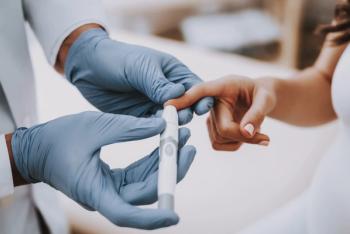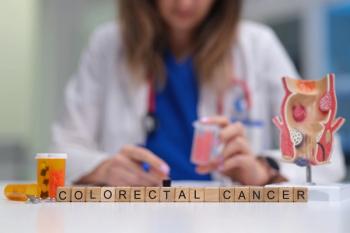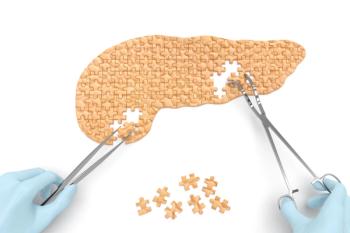
Women Treated for Breast Cancer Experience Accelerated Biological Aging
Radiation therapy was associated with the largest increase, compared to chemotherapy or endocrine therapies.
Although breast cancer incidence rates have increased over the past 40 years, mortality rates have steadily declined in the United States. There are now 4 million breast cancer survivors in the country, but the disease remains the second leading cause of cancer death among women.1
Breast cancer survivors are known to have increased rates of age-related diseases, and why this occurs has not been completely understood. However, a recent study published in the Journal of the National Cancer Institute has found that women treated for breast cancer experience a faster rate of biological aging.2
The study was conducted by researchers from the Moffitt Cancer Center, in collaboration with the National Institutes of Health.
“Breast cancer survivors have higher rates of various age-related diseases, such as cardiovascular disease, and experience faster physical and cognitive decline than women without a history of breast cancer,” Jacob Kresovich, PhD, MPH, assistant member of the Cancer Epidemiology Department at Moffitt Cancer Center, said in a release.3 “In this study, we wanted to explore the biology behind this and examine whether certain cancer therapies had a greater long-term impact on survivors.”
Investigators conducted a study to determine if breast cancer diagnoses and any accompanying treatments are associated with accelerated biological aging. Data was gathered from the Sister Study, an effort led by the National Institutes of Environmental Health Sciences, which sought to identify factors that can contribute to breast cancer risk and survival.
The Sister Study included 50884 women between the ages of 35 and 74 who had a full or half-sister diagnosed with breast cancer, but did not have it themselves. Participants were enrolled from 2003 through 2009 and provided blood samples during at-home visits. Between 2013 and 2015, 2315 participants provided a second blood sample, of which half had been diagnosed and treated for breast cancer between the 2 blood draws.
The new study included 417 of the participants who provided a second blood sample. The blood samples were analyzed using 3 epigenetic metrics (PhenoAgeAccel, GrimAgeAccel, and DunedinPACE) that use DNA methylation (DNAm) to measure biological aging.
Investigators found that the women who had been diagnosed and treated for breast cancer had increases in 3 different DNAm-based metrics of biological aging at the second blood draw compared to participants who remained cancer-free.
Additionally, compared to chemotherapy or endocrine therapies, women who received radiation therapy were found to have the largest increases in biological aging. The associations remained after being adjusted for tumor estrogen receptor status, stage, race, and time since diagnosis.
Study limitations include that all participants had a family history of breast cancer that may limit generalizability, limited ability to examine specific treatment-related factors due to small sample size, and postdiagnosis changes in nontreatment-related factors.
“We hope that these findings will contribute to the conversation of how to best treat and care for breast cancer survivors,” said Kresovich.
References
1. Giaquinto, A.N., Sung, H., Miller, K.D.,et al. Breast Cancer Statistics, 2022. CA A Cancer J Clin. 2022;72:524-541. doi/10.3322/caac.21754
2. Kresovich JK, O’Brien KM, Xu Z, et al. Changes in methylation-based aging in women who do and do not develop breast cancer. CA A Cancer J Clin.Published online 2023. doi:10.1093/jnci/djad117
3. Breast Cancer Survivors Experience Faster Biological Aging Compared to Cancer-Free Women. News Release. Moffitt Cancer Center. July 19, 2023. Accessed July 25, 2023. https://www.moffitt.org/newsroom/news-releases/breast-cancer-survivors-experience-faster-biological-aging-compared-to-cancer-free-women/
Newsletter
Pharmacy practice is always changing. Stay ahead of the curve with the Drug Topics newsletter and get the latest drug information, industry trends, and patient care tips.















































































































